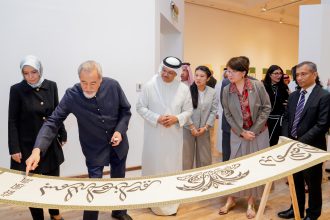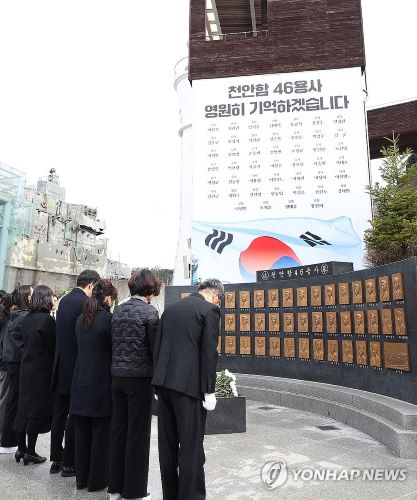Korean Folklore Village: The pull of history keeps traditions alive
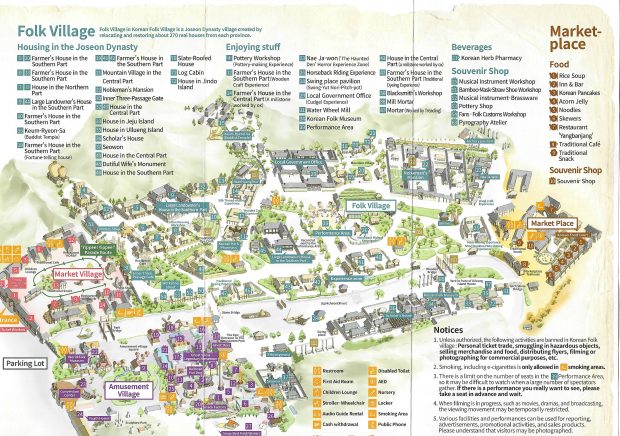
By Habib Toumi
SEOUL: Around 40 kilometers south of the skyscrapers and high-tech facilities that define the ultramodern Korean capital Seoul, a folk village displays more than 600 years of history, culture and values.
For the visiting group participating in the World Journalists Conference, the Korean Folklore Village (KFV), a living open-air museum offered the best opportunity to gain deep insights on the way Koreans, rich and poor, leaders and commoners, lived in past times.
KFV was set up in 1974 to showcase, in one large area, the country’s culture and folklore customs to local and international tourists.
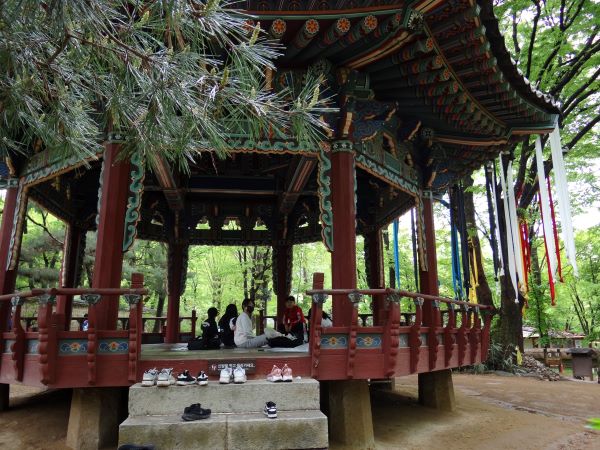
A major message by the local authorities to the world was that the Republic of Korea was determined to preserve its traditional culture and ways of life, including food habits, traditional architecture and clothing, as they faced the ominous possibility of extinction when the traditional way of living was rapidly being Westernized due to the government measures in the early 1960s to promote industrialization and scientific and technological development.
The country is also keen to ensure that the country’s deep traditions are handed down from generation to generation, bind its people to their rich past, honor their sense of belonging and be proud of national memories.

Under an ambitious project, real village houses from the Joseon period (July 1392 – October 1897) were brought in from different parts of Korea and reconstructed, replicating the exact way they were centuries ago.
The tedious, but passionate undertaking, has been successful. Today, the village offers a whole atmosphere that reflects the authenticity of the Joseon period in terms of daily life through the four seasons of the year, social culture, customs, traditional architecture, local governor’s office, peasants’ homes and landlords’ homes as well as village spatial structure.
The community life depicted in various sections blends the family and social traditions and the legal rules prevailing at the time to ensure harmony, positive interaction and security.

The reproduction was based on exhaustive historical verification and detailed consultation to ensure accuracy and honesty in presenting experience-style outdoor exhibitions, craft in daily life, traditional ways of doing things, and seasonal customs.
The materials of traditional life-styles and cultural property, including houses, furniture, clothing, agricultural implements, artisans’ tools, cooking utensils, folk art objects and handicrafts are providing a unique venue for appreciating Korea’s cultural history.
The housing units of the village are divided into six types of habitat – southern, central, northern, mountainous, urban and insular.

The different architectures of the traditional Korean housing range from the magnificent dwellings of government officials and landlords to peasant huts.
Some 30,000 items of furniture, kitchen and farm implements and tableware used in the later Joseon dynasty period are displayed.
The market place illustrates a former provincial center of economic, trade and information exchange activities.
The artisans making farm implements, brassware, paper, fabrics, porcelain, woodware, bamboo-ware and stationery work according to ancestral techniques.
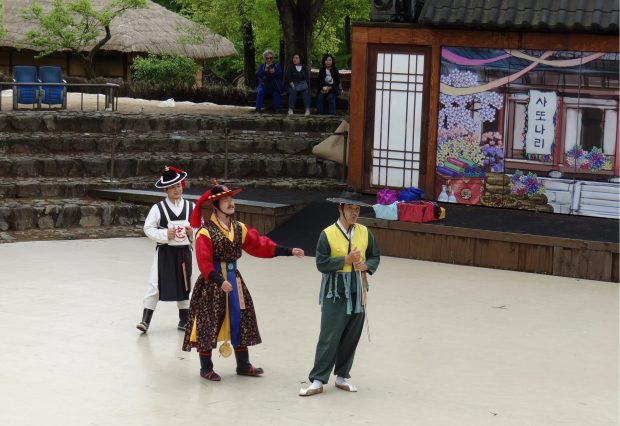
The village success since its launch in 1974 in providing vivid cultural experience and rich traditional culture to the young and old, to the Koreans and the foreigners, has made it a favorite educational and tourism destination.
The presence of a high number of young students and the schools’ keenness to connect the younger generation on a much deeper and more realistic level with their past provide them with a good opportunity to witness how Korean traditions and people’s mode of life that have permeated every portion of their contemporary life.
For the education authorities, such visits reinvigorate the values of the Korean traditional culture.
Entertainment tourism could also build on the success of the Village.
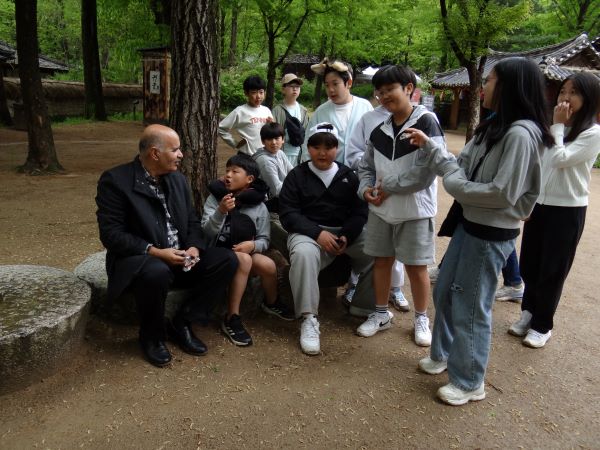
Given the increasing popularity of Korean drama and the impact it is making worldwide after reaching international audiences in several countries, Korea could connect public diplomacy with entertainment, and use the Korean Folk Village where some scenes were filmed as a “media attraction.”
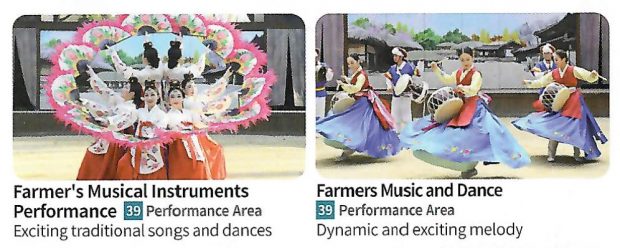
People familiar with the “kingdom” – Netflix’s first original Korean series – and the “Jewel in the Palace” will certainly enjoy visiting the Village where some of the scenes from the dramas were shot.
They may be ‘vehicles’ for sharing ideas and images of Korea as a successful nation, and thus as effective instruments for public diplomacy and tourism efforts.


